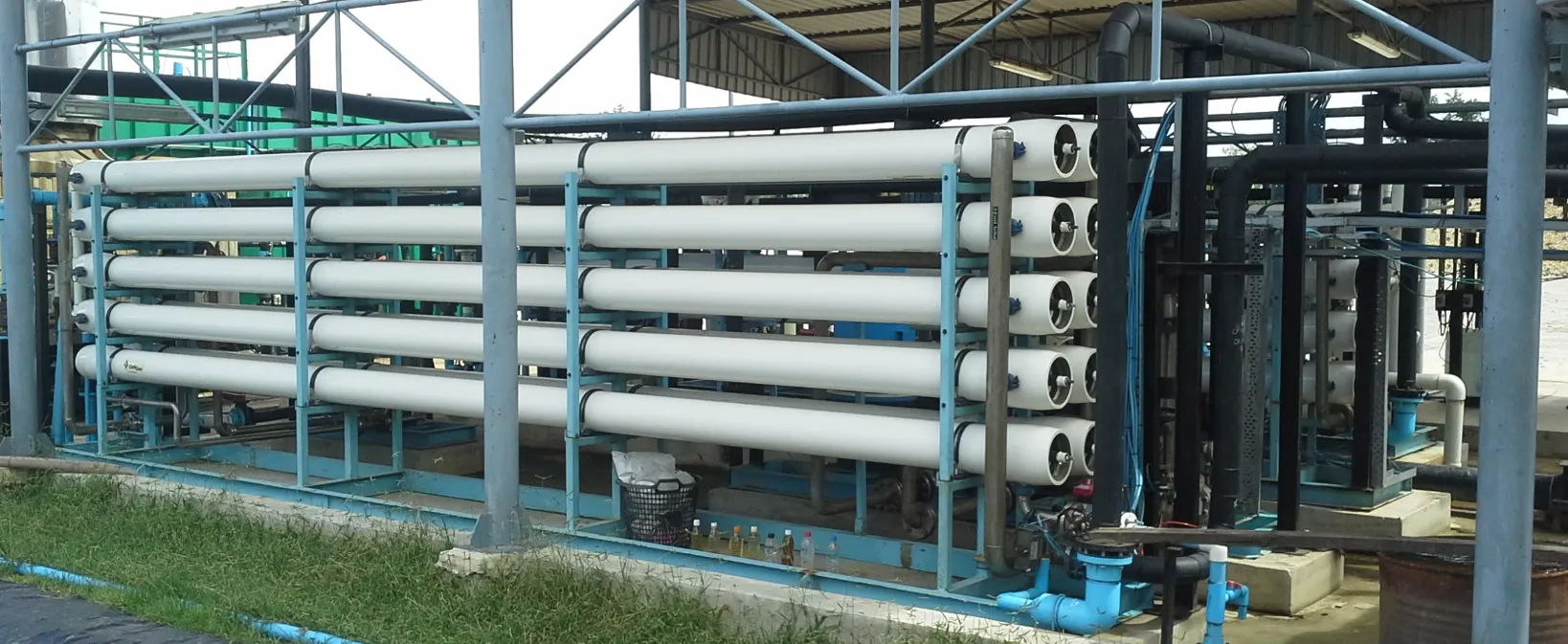FAQ
What does an anaerobic digester do?
An anaerobic digester is a biological wastewater treatment system that uses microorganisms to break down and eliminate organic pollutants. In the lack of oxygen, anaerobic digester water treatment systems work. The element will be broken down and it will produce oxygen. It employed biogas as a substitute for oxygen in this system. We can tailor anaerobic digesters to meet the system’s needs. In anaerobic treatment, wastewater is pumped into a bioreactor unit holding sludge.
Why is water recycling important?
We can reuse water for a variety of uses if we recycle it. Recycling industrial wastewater can help ease the demand for fresh water supplies for agricultural uses like irrigating crops, commercial and residential landscaping, and irrigation. Recycling wastewater will help in reducing the water supply requirement of large industrial plants. Water recycling will save money on water transportation. It also helps in water sustainability for the environment.
Are anaerobic digesters profitable?
Incorporating food waste into anaerobic digesters can save money for wastewater treatment systems. These include lower energy expenses from on-site power generation and a tipping fee for accepting food waste. As we all know, it produced methane in anaerobic digesters, therefore it can be sold to companies for profit. It is a profitable treatment system because the high-quality fertilizers produced after wastewater treatment are a necessary component of agriculture, thus they are in high demand and help the company generate cash.
How long do anaerobic digesters last?
Biogas is produced by microorganisms digesting organic matter, often known as biomass, in an oxygen-free atmosphere. Anaerobic digestion is decomposing chemicals that can occur anyplace and only requires the digestive system and wastewater. It can endure for 15-20 years if the digester is maintained. It is a treatment system that requires very little upkeep. We can make biogas from any form of organic waste. The time to produce garbage might range from 30 to 90 days, although it takes 30-45 days. The digester system designs vary depending on the function.
How can we recycle and reuse water?
There are various ways of recycling water & reuse it for several purposes.
